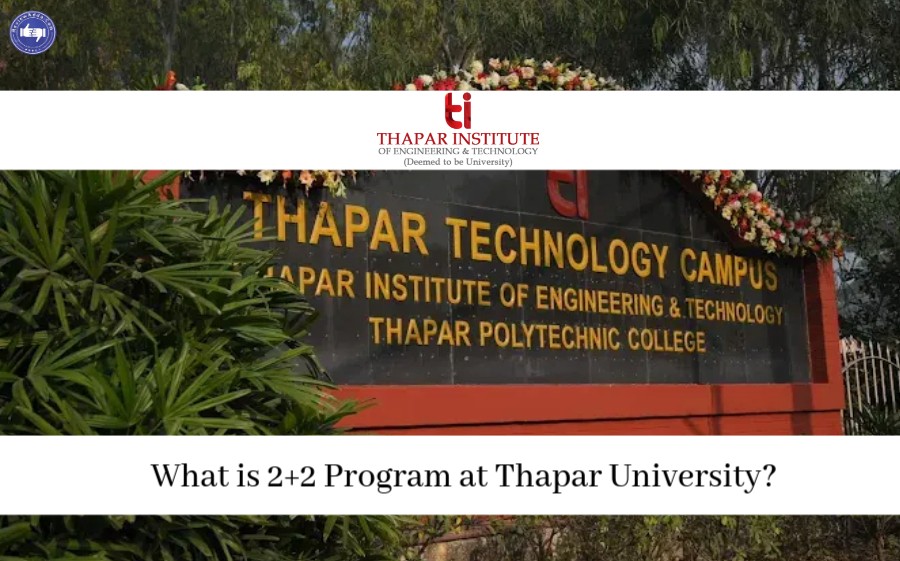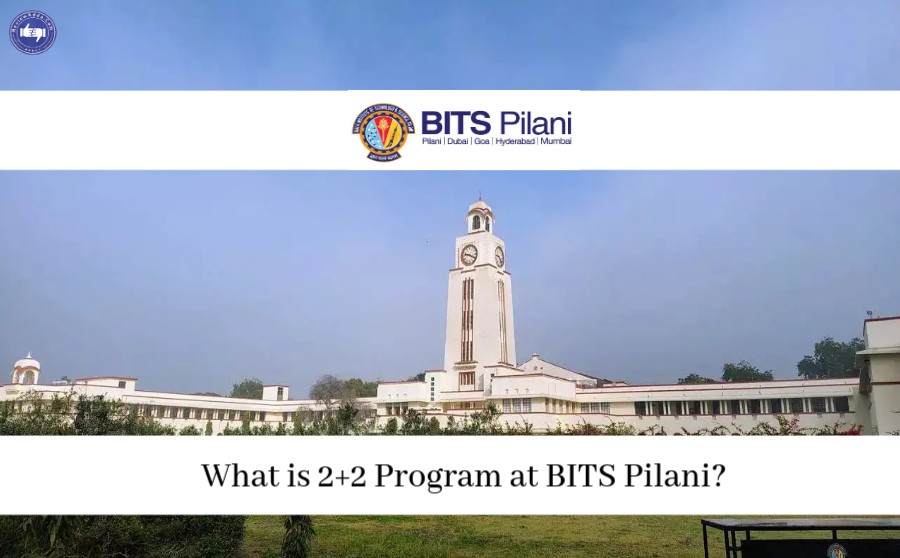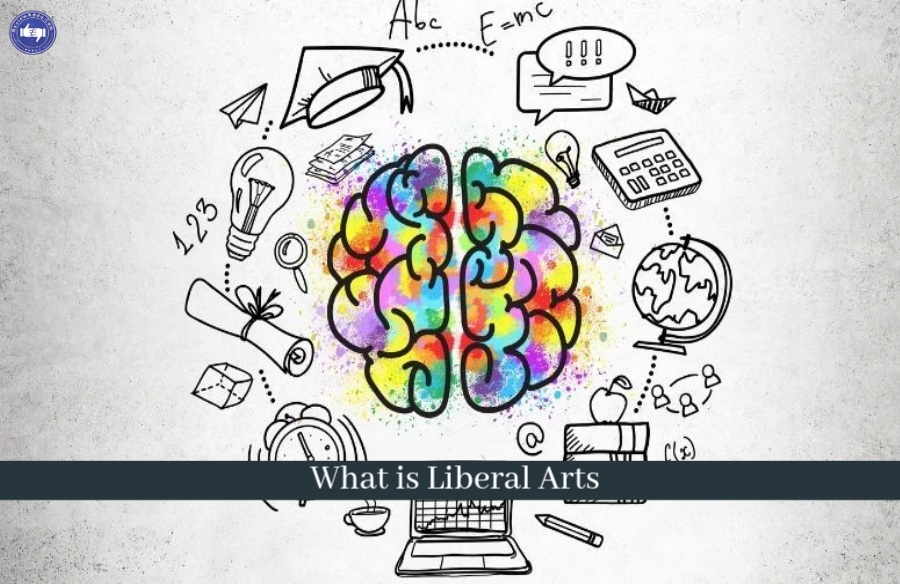Introduction
In today's information-rich and intensely competitive digital market, businesses need to stay ahead of the competition and boost their online exposure. Getting to the top of Google search results takes consistent effort.
In this article, we will delve into a comparison between ChatGPT and Google Bard, two innovative AI-powered tools revolutionizing content creation. Our aim is to provide you with a comprehensive understanding of their features, strengths, and how you can leverage their capabilities to enhance your website's ranking on Google.
Understanding ChatGPT
ChatGPT, developed by OpenAI, is an advanced language model that employs state-of-the-art artificial intelligence techniques to generate human-like text. Its powerful algorithms enable it to engage in conversational exchanges, answer queries, and even write complete articles. With its vast knowledge base and natural language processing abilities, ChatGPT has become a game-changer in content creation.
How Does ChatGPT Work?
ChatGPT employs a two-step process to generate text. First, it undergoes pre-training, where it learns from vast amounts of text data available on the internet. This phase helps the model develop a general understanding of language patterns, grammar, and contextual cues. Subsequently, ChatGPT undergoes fine-tuning, which involves training the model on specific datasets and optimizing its performance for a given task or domain.
Unveiling Google Bard
On the other hand, Google Bard is a modern tool that it recently unveiled. In order to produce excellent, useful content, it makes use of cutting-edge machine learning algorithms and massive volumes of data. Google Bard is specifically designed to enhance user experience and provide searchers with accurate and relevant information.
Another AI-powered chatbot is Google Bard, which uses answers from the internet to replicate human interactions using natural language processing and machine learning. Bard updated to Google's PaLM 2 (Pathways Language Model), a next-generation language model, from LaMDA for conversation applications. This model outperforms earlier models in terms of logic, mathematics, and common sense reasoning, claims a blog post by Google. The manufacturer added that new device is quicker than earlier iterations. Bard provides more comprehensive responses to inquiries than the typical Google search thanks to its sophisticated language model.
Bard's main goal is to get information in a direct answer rather than a search engine results page, but with links for users to learn more, similar to digital assistants like Alexa and Siri. Bard also works as a personal assistant, helping with things like making reservations, scheduling vacations, and meal preparation. In contrast to search engine jargon, Bard use more natural language or conversational search queries. The general public may use Bard, which provides information in 180 nations and three languages.
Understanding Google BARD's Functionality
Google BARD leverages a unique approach to generate suggestions for writers. It takes a user's input, such as a sentence or a short paragraph, and produces a list of alternative continuations or completions. This feature empowers writers by offering diverse options that can spark creativity and inspire new ideas.
Google Bard Vs. ChatGPT: What's The Difference?
Despite the fact that ChatGPT and Google Bard are AI language models designed to produce replies that resemble those of humans, they vary in key important aspects.
One of the primary distinctions is the corporations that support them. In contrast to Google, a massive technological company with abundant resources, ChatGPT is a smaller business that focuses solely on AI language models. Google now has more money and resources to devote to improving and honing its AI models.
Another difference is the training data utilized to develop the models. ChatGPT is trained on a smaller text dataset than Google Bard, which is trained on a vast collection of text from the internet. The implication is that Google Bard has access to a wider variety of text data. It makes it more adept at generating responses to more comprehensive prompts.
Additionally, Google Bard differs from ChatGPT in a few special ways. For instance, it can generate poetry and song lyrics, whereas ChatGPT primarily focuses on producing text responses to prompts. Furthermore, Google Bard can understand and produce replies in a variety of languages, as opposed to ChatGPT, which only concentrates on English-language responses.
ChatGPT has approximately 25 million users who use the platform daily. It is important to note that knowledgeable analysts forecast that once Bard is widely accessible, it will attract 1 billion users.
Feature Comparison
Parameter 1: Human-Like Response
A chatbot's effectiveness depends on its capacity to deliver replies that appear to have come from a real person. Bard performs better than ChatGPT-4 in mimicking real language and taking part in longer conversations when it comes to human-like answers. Additionally, we found that Bard appeared to be rather "offended" by the stupid questions.
Parameter 2: Training Dataset and Underlying Technology
Both ChatGPT-4 and Google Bard employ transformer architecture, a type of neural network that manages sequential input. Their training datasets, however, are very different. A sizable dataset of text from the internet, including books, papers, and documents collected from the open web, was used to train ChatGPT4. On the other hand, Infiniset, a dataset made specifically for conversations and communication, was the focus of Bard's training.
As a consequence, while both models are capable of comprehending and producing a variety of text for various reasons, Bard is more adept at engaging in open-ended, conversational dialogues with people.
In order to do this, the Google team developed hierarchically based clusters of high-level ideas and subjects, which were then utilised to guide the model's decision-making during response. With the help of this method, Bard may comprehend the questions' underlying meaning and the subtleties of conversational context. Bard's replies are also created to be incredibly realistic and replicate human speech so closely that it is impossible to tell them apart from a real person. Bard is even better at handling complex discussions since it can shift context when a user changes the topic.
Parameter 3: Authenticity of Response
Building user confidence with a chatbot depends on its replies being genuine. Despite Google's claims that they closely resemble human speech and are extremely realistic, we found that some of Bard's responses were not quite genuine.
For instance, when we asked it to list down the top ten developments around generative AI in the last 24 hours, it mentioned a tool named BlenderBot 4.0. According to Bard, the publicly accessible programme "generates realistic text and speech that is indistinguishable from human-generated content." In reality, the release of BlanderBot 4.0 is nothing more than Bard’s Hallucination (or Fear?). Not only this, 80% of the news listed by Bard was ‘Fake News’. So it appears that Bard still has a serious problem with hallucinations.
Parameter 4: Access to the Internet
One of the most important differences between ChatGPT-4 and Google Bard is access to the internet. Bard could get its responses instantly from the internet, unlike ChatGPT4, which only uses a dataset that goes until the end of 2021. Due to this limitation, ChatGPT-4 may find it challenging to provide up-to-date information, whereas Bard can provide the most recent findings and answers to user requests. Additionally, each of Bard's responses has a little Google Search symbol. As you click on it, it offers similar search suggestions that you may touch to send to Google.
Parameter 5: User Friendliness and Interface
For a wide range of consumers to utilise a chatbot, it must be user-friendly. Compared to ChatGPT-4, Bard is easier to use. It looks prettier and includes prepared text that is much simpler to scan. Bard also provides you the ability to edit your questions once you've submitted them. Along with being able to search for the response online, you can also upvote and downvote it. Bard's user interface appears to be more organised and cleaner overall.
Parameter 6: Text Processing: Summarization, Paragraph Writing, Etc
Chatbots may do a wide range of tasks, including summarising, generating paragraphs, and translating. ChatGPT-4 excels in text processing, making it the perfect choice for applications like summarization where correctness and thoroughness are essential. Bard offers greater conversational AI capabilities. ChatGPT4 is a flexible and useful tool for anybody working with NLP (natural language processing) since it can carry out numerous functions on a more textual level.
Parameter 7: Charges and Price
The human-grade reaction that ChatGPT-4 produces has made it widely renowned. However, using ChatGPT4 is not free, and there is a daily cap on the amount of questions that may be asked. Bard, on the other hand, is an open competition.
Parameter 8: Language Proficiency
Both ChatGPT and Google Bard excel in language proficiency. However, ChatGPT's strength lies in its conversational capabilities, making it adept at generating engaging and interactive content. On the other hand, Google Bard is focused on producing concise and informative answers, making it highly effective in delivering precise information to searchers.
Parameter 9: Content Creation Efficiency
When it comes to content creation efficiency, ChatGPT demonstrates remarkable speed and versatility. Its ability to generate long-form articles quickly makes it an ideal tool for writers seeking inspiration or assistance. Meanwhile, Google Bard is more geared towards generating concise, structured answers, making it a valuable asset for addressing specific queries.
Parameter 10: Understanding User Intent
In order to create content that appeals to the target audience, it is essential to understand user intent. ChatGPT's conversational nature allows it to grasp the nuances of user queries, providing personalized responses. Conversely, Google Bard's primary focus is on delivering concise and accurate information, tailored to meet the immediate needs of searchers.
Parameter 11: Plagiarism
Plagiarism must be taken into account while creating material. It can pose significant problems, particularly for businesses and individuals who rely on exclusive content for their marketing or branding endeavors. Regarding this, Google Bard versus ChatGPT each have unique techniques for identifying and avoiding plagiarism.
A variety of procedures are used by ChatGPT to ensure that all of its content is original and free of plagiarism. Analysing the input prompt and coming up with pertinent and distinctive replies is one of its techniques. Furthermore, ChatGPT employs natural language processing (NLP) algorithms to analyze the generated output and compare it with other sources to ensure it does not match existing content.
In contrast, Google Bard uses a similar approach to identify and stop plagiarism. It carefully examines the input prompt and generates remarkable and useful replies. However, Google Bard advances by using an approach called as "adversarial training."
In this method, the AI model is trained to develop unique material that is also difficult for other AI models to produce. It guarantees that the content produced by Google Bard is novel and arduous to replicate.
Google and ChatGPT are proficient in deterring plagiarism and creating innovative content. However, Google Bard has an advantage in creating complex information to plagiarise thanks to the use of adversarial training.
Leveraging the Power of ChatGPT and Google Bard
To outrank competing websites and enhance your online presence, it is essential to capitalize on the unique strengths of both ChatGPT and Google Bard. Here are some strategies to optimize their capabilities:
1. Combining Conversational Engagement and Informative Content
Integrate ChatGPT's conversational abilities to engage your audience and Google Bard's concise answers to provide valuable information. By striking a balance between interactive engagement and informative content, you can create an immersive user experience that keeps visitors on your website for longer durations.
2. Crafting Long-Form Articles with Speed and Accuracy
Utilize ChatGPT's rapid content generation capabilities to produce in-depth articles that cater to various topics within your niche. Its speed and accuracy will empower you to provide comprehensive insights and establish your website as an authoritative source of information.
3. Addressing Specific Queries with Precision
Leverage Google Bard's proficiency in delivering precise and concise answers to address specific user queries. By optimizing your content to answer commonly searched questions, you can position your website as an invaluable resource, thereby increasing its visibility on Google search results.
4. Embracing Data-Driven Optimization
Both ChatGPT and Google Bard rely on vast amounts of data to deliver optimal results. Keep abreast of the most recent fashions and tastes in your sector, and include them into your content development plan. Your website will remain relevant and appealing to your target audience thanks to this data-driven strategy.
Bottom Line
To sum up, Google and ChatGPT are impressive artificial intelligence language models that, when given a stimulus, can generate replies that mimic human responses. Both Google and OpenAI provide ChatGPT, whereas Google has Google Bard. Each model has strengths and weaknesses, and selecting one over the other depends on the user's specific demands and prerequisites.
While ChatGPT is more conversational and entertaining, Google Bard is known for its capacity to produce creative and original replies. Both models are always becoming better, and as technology develops, we should expect ever more sophisticated language models to appear. Ultimately, the choice between ChatGPT and Google Bard depends on the user's particular needs and tastes. Both types provide a great deal of potential for several applications.






